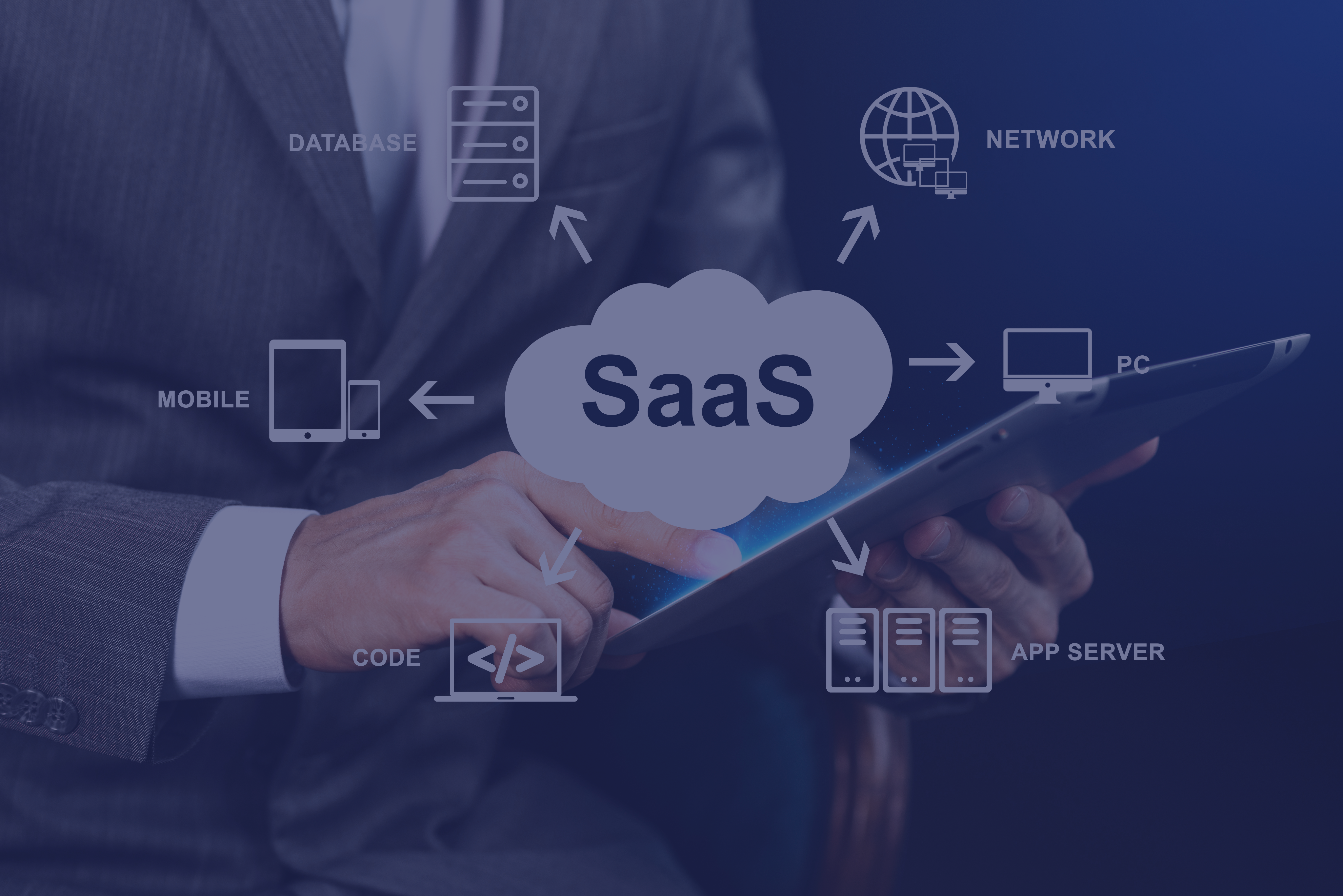
What AI-native architecture means for your product stack, teams, and customers
2025 is turning into the year AI‑native products overtake classic SaaS. Until now most software vendors bolted AI on top of existing feature sets. Investors are pouring capital into startups that treat AI as the foundation rather than an add‑on. Customers expect systems that take action for them, learn continuously, and handle everything from document processing to predictive alerts. In this post you’ll get a concrete playbook for designing, building, and delivering AI‑first solutions that redefine value delivery in your market.
Defining the AI‑Native Product
True AI‑native products go beyond “AI‑augmented” features. They have three core characteristics:
- Autonomy: the system ingests inputs, makes decisions, and takes end‑to‑end action with minimal human intervention.
- Continuous Learning: models update themselves in production as fresh data arrives, improving performance and adapting to new patterns.
- Multimodal Interaction: users can engage via text, vision, audio, or structured data—whatever mode makes the task simplest.
Consider an Invoice Dispute Agent that reads vendor emails, cross‑references contract terms, and files disputes automatically when anomalies appear. This is more than a chatbot; it’s a self‑driving workflow that lives inside finance systems.

Four Pillars of AI‑Native Architecture
- Data Fabric and Feature Store
- Build real‑time ingestion pipelines from apps, sensors, and logs so features are always fresh.
- Use a versioned feature registry to ensure reproducibility and rollbacks when models misbehave.
- Model Ops as a First‑Class Citizen
- Automate retraining triggers based on data drift or performance degradation.
- Roll out new model versions via A/B tests and canary deployments to minimize risk.
- Composable Agent Layer
- Package individual skills—like scheduling, search, summarization—as microservices.
- Use an orchestration engine to chain these skills into higher‑level tasks that users invoke with a single command.
- Explainability and Guardrails
- Expose model introspection endpoints that log why a decision was made, for audit trails.
- Enforce policy rules at inference time to block unsafe or non‑compliant actions.
Rethinking Value Delivery
Seat‑based or tiered pricing models are relics of the past in an AI‑native world. Instead consider outcome‑based SLAs: charge per completed task or per percentage of time saved. Embed performance metrics—accuracy, latency, task success rate—directly into pricing tiers.
Measure usage not in user seats but in GB‑seconds of model compute or agent‑minutes of autonomous flow execution. Surface AI capabilities directly in customer workflows rather than hiding them behind an “AI mode” toggle. For pricing, explore success fees tied to cost savings or milestone payments keyed to deployment phases and ROI benchmarks.
Organizational Shifts You’ll Need
To support AI‑native products you’ll need new roles:
- Prompt Engineer: treats prompts as code, versioning, testing, and optimizing them.
- ML Quality Lead: owns model performance end‑to‑end, bias testing, and monitoring.
- AI Ethicist: audits data sources, ensures fairness, and maintains compliance.
Move from Scrum to a combined DataOps plus AgentOps cadence. Daily standups include checks on data drift and model health dashboards. Weekly “skill release” ceremonies push new agent capabilities live. Organize cross‑functional pods that own the full loop: data ingestion, model training, UX integration, monitoring, and customer feedback.
Measuring Success in an AI‑Native World
Replace MRR‑only dashboards with new KPIs:
- Automation Rate: percentage of tasks fully handled by AI versus manual work.
- Error Reduction: drop in manual corrections or support tickets.
- Time‑to‑Action: average time from trigger to task completion.
Reframe customer success from ticket volume closed to tasks automated and outcomes achieved. For example, a 10% efficiency gain in invoice processing might eliminate 100 manual hours per month—translating to roughly $8,000 in labor savings.
Real‑World Spotlights
- Startup A deployed a vision + NLP pipeline for contract intake, cutting manual review by 70%.
- Startup B built an agent‑driven procurement assistant that reduced purchase‑order cycle time from three days to four hours.
Key lessons: start small with a single use case, instrument heavily from day one, and invest early in monitoring and guardrails to maintain user trust.
The shift from classic SaaS to AI‑native products is no longer optional. Early adopters will lock in advantage through continuous automation and improvement. Your challenge: this week audit your top three product workflows and ask where an autonomous agent could take over.
Stay tuned for my upcoming toolkit, “AI‑Native Product Blueprint,” which will include code samples, monitoring templates, and pricing calculators.
Written By: Anurag Setia








